A hydraulic chair, a salon sink, and a dream – that’s what one young entrepreneur bought with her $5 000 grant. She started braiding hair at 15, carrying blow dryers to house calls. Now, she rents out stations in her own salon.
It’s an example of the help Saint Lucia’s Youth Economy Agency says it is offering to young people looking to start businesses. But with a general election looming, the Opposition is promising five times the funding. Will bigger grants mean bigger impact?
As the United Workers Party revives its pledge to offer $25 000 start-up grants to youth-led businesses, questions of viability and scale take centre stage.
The current Youth Economy Agency programme offers smaller grants, training, and mentorship, and says it has already injected millions into the economy.
But youth advocates say impact depends less on size and more on fit. With competing visions on the table, the real test may be whether these programmes meet the needs of young entrepreneurs.
UWP leader Allen Chastanet has reaffirmed the party’s grant pledge for businesses in the agriculture, digital economy, hospitality and creative sectors if it wins the election.
Chastanet says the policy, part of the party’s broader “Youth SOS Plan”, can have a greater impact on start-ups than smaller-scale grants.
“$10 000 cannot make a meaningful contribution in startup businesses,” he told a UWP press briefing on November 11.
The Opposition Leader also drew comparisons between a start-up grant programme initiated by his 2016–2021 administration, intended to be facilitated through the Saint Lucia Development Bank, and the Philip J. Pierre administration’s current grant scheme.
The UWP has not provided additional details about its cash proposal.
However, speaking generally on grant viability and impact, Vincentian youth development advocate Franz George says grants are most effective when tailored to their target demographic.
“There’s not really a right or wrong way to give a grant,” he told St. Lucia Times. “If you’re targeting micro-enterprises that aren’t eager to scale, don’t require heavy labour, equipment, or extensive technical skills, then a smaller grant could suffice.”
George, also a business development consultant, added that factors like immediate needs, market conditions and the business owner’s proficiency also shape long-term sustainability.
“It all depends on what the data shows,” he said. “Usually for grant programmes, there’s a lot of monitoring and evaluation that has to take place to really identify whether the grant achieved its intended purpose. But you can’t always depend on that to say a business will automatically grow; there may be other things the grant needs to address, but doesn’t.”
He also noted that more policy details on both the proposed and existing grant schemes in Saint Lucia would be needed for a fair comparison.
In a recent interview with St. Lucia Times, Youth Economy Agency Director Colin Vidal said grants administered through the agency average $3 000, with a maximum of $5 000, while loans can reach $30 000. The agency also offers training and mentorship for business owners.
As of October 2025, the YEA has processed over 1 505 grants, six loans, trained more than 880 people, and facilitated mentorship for 126, injecting an estimated $9.6 million into the economy.
One entrepreneur, who rents cars and requested anonymity, said the YEA’s grant programme had been of “great benefit”.
“During my first programme, my lecturer stressed the significance of legally registering and establishing a business,” she said. “That came at a price, and I wasn’t prepared for it. Gratefully, I was able to pay my licence and permit fees with the help of my first grant of $5 000. Every programme I completed after resulted in a minimum angel fund of $1 000, which was directly invested in my business to improve the overall experience.”
A hairstylist also shared how she expanded her services.
“I started off renting a salon station in 2022 after being a house-call braider from the age of 15,” she said. “All I had was a braiding rack, a set of drawers, and two blow dryers. I rented the station for three years, saving and buying equipment as I went. I finally got the opportunity to rent a small building, and I knew it would be an expensive move.
“Thankfully, with the help of the youth economy programme, I was able to save $5 000 by using the grant to purchase the main, larger equipment, enabling me to focus on renovations, which came out of pocket. I bought another hydraulic chair and station, which I now rent out to earn extra income. A salon sink and standing dryer were also purchased, broadening my services even more.”
Vidal says the YEA’s long-term vision is that “in the next five, ten, 20 years, you have self-employed individuals who will continue to make significant economic impact”.




